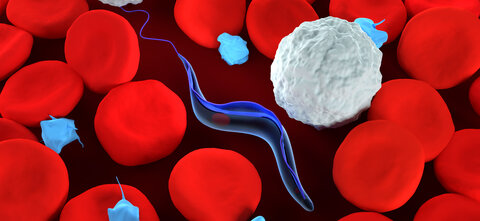
Tsetse-transmitted trypanosomiasis occurs in 36 sub-Saharan countries, covering some 10 million square kilometres of Africa. The complex of diseases threaten the health of an estimated 60 million people and 50 million head of cattle.
It is estimated that there are about 500,000 cases of sleeping sickness per year, of whom 100,000 die. Animal trypanosomiasis causes the death of about 3 million cattle annually and, each year, African livestock owners administer about 35 million doses of trypanocides to prevent or treat the disease. The annual economic losses resulting from the disease are estimated as being about US$3-5 billion per year.
In Africa, the impact of human trypanosomiasis (sleeping sickness) is significantly less than that that of malaria (~1 million deaths/year) or AIDS (2-3 million deaths/year). On the other hand, tsetse-transmitted trypanosomiasisis is unarguably one of the ‘top-ten’ infectious diseases affecting African livestock; East Coast Fever for instance, another notorious disease affecting African livestock, is estimated to cost Africa about US$168 million per year (Minjauw & McLeod, 2001).
Trypanosomiasis is particularly acute in the world’s poorest countries; 32 of the 36 tsetse-affected countries have per caput incomes of less than US$1 per day.
References
Minjauw, B. and McLeod, A. (2001). Epidemiology and economics of tick-borne diseases and its effects on the livelihoods of the poor in east and southern Africa and India. DFID Report. 73pp.